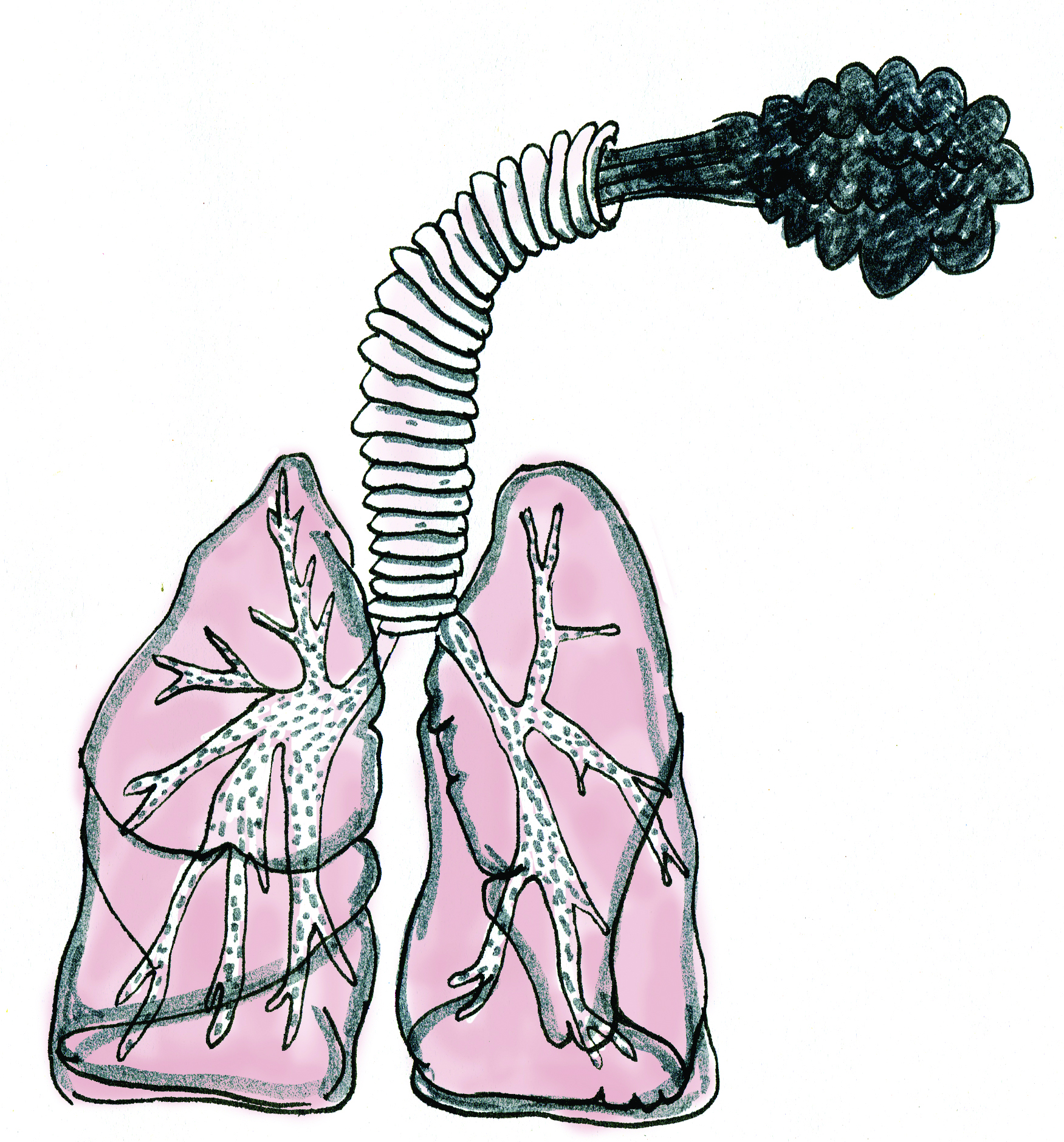Aside from discussions about whether the Winnipeg Jets would make the playoffs, perhaps the most talked about subject in hockey this year was concussions. Highlighted by Sidney Crosby’s ongoing struggles on and off the ice, it could be safe to call this year “the year of the concussion.” With the 2011-12 NHL regular season winding down, I decided to ask a sports therapy professional about their thoughts on how our perception of concussions has changed over the past 12 months.
Jeff Billeck, an athletic therapist from the University of Winnipeg, is a graduate from the U of M, and, from 1999-2008, he served as head therapist for both the Bison men’s hockey team and Bison football. He’s also working at an international level with Team Canada Volleyball and as a part of the host medical team at events such as the Pan am Games and Canada Games.
The Manitoban: I recently read in an article on cbc.ca that extra padding in helmets is an option being proposed to minimize head injury. Do you think this initiative will help?
Jeff BIlleck: I don’t know if there will be a helmet out there that will prevent concussions. The brain moving inside of the skull causes the injury. So basically, whether it’s an elbow to the head or the person gets hit hard and you have the whiplash mechanism where the body stops, but the brain keeps going forward into the inside of the skull. There isn’t really a whole lot you can do to prevent either one of those. That’s more players not putting themselves in that position, to not get hit that way and players hitting in that manner. Those seem to be the best prevention to me.
M: Even with all these preventive measures, people still get injured. In your experience, do people want to get rid of impact in the sport, or do they want to minimize it as much as possible?
JB: That is where the debate starts. There is a wide range of people on that spectrum. Some people are for open ice hits, definitely not for hitting from behind, elbows from behind, headshots; you definitely don’t want that in any sport. The higher-speed collisions are causing injuries as well and that’s where the debate comes in; where is the limit and how much do you take out?
M: Your involvement has been in the rehab side of things, have you noticed any trends in the past year now that concussions have been taken more seriously by the mainstream media? Were concussion always taken seriously, or was it only when Sydney Crosby was injured that it become a huge topic?
JB: I think as therapists, even as a student, we always took concussions seriously. It thinks they are much better understood, at least what to look for. I don’t think we have a handle of all the symptoms 10-15 years ago and I’m not sure we have a complete handle of them now. The main changes you are seeing are some protocols and people’s attitudes have changed quite a bit over the last few years as far as we see with the head shot rules in hockey, they are starting to see the long term effects as opposed to the short term injury “oh this person can’t play today because they were knocked out” and now they are thinking more long term so this person can live a normal life.
M: It seems a lot of players have the mentality “oh you can walk it off,” but then symptoms occur months down the road. Have players been taking concussions more seriously than before, or is it only a few isolated incidents that ended up in the newspapers?
JB: The athlete’s attitude with any injury is “When can I go back?” If they don’t’ see it as a serious injury, are they going to tell us the whole story? The athlete has to tell you how they are feeling. If all they have is a headache, the athlete has to tell you that. The difficulty with kids is, do they even recognize that there is a problem? A lot of the symptoms (for concussion) are things you feel on a day-to-day basis. Some people get headaches, some people get neck aches and some people get nausea from time to time. These are all symptoms on the list. If people recognize that and can link it to their concussion, you never know. They may not realize it is a problem, until they have overdone it for a day or two.




